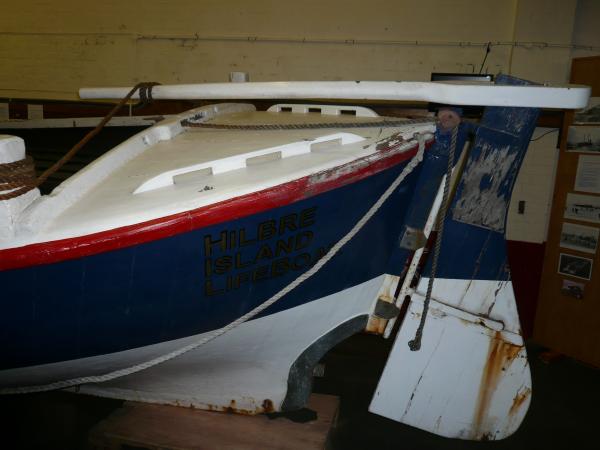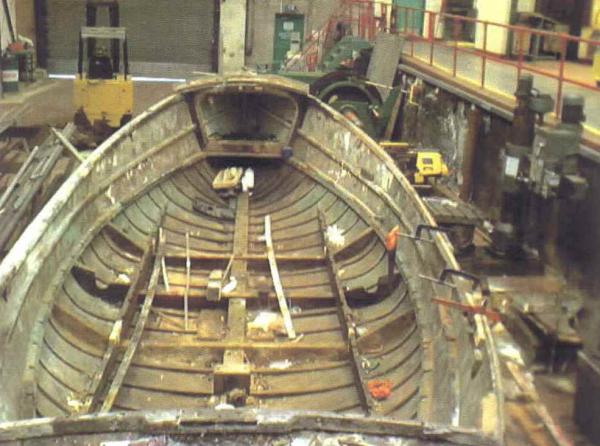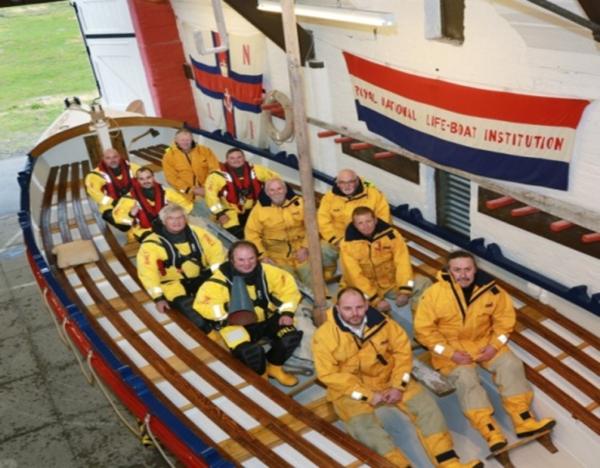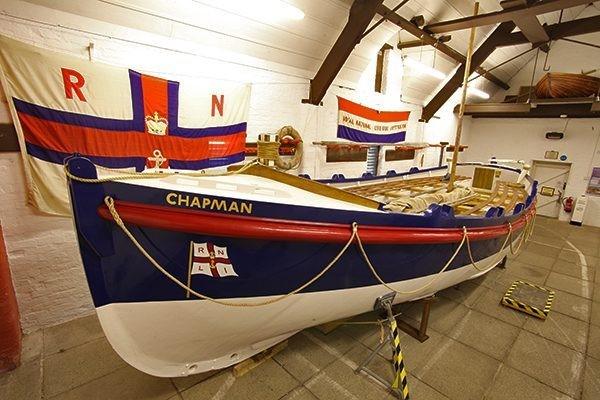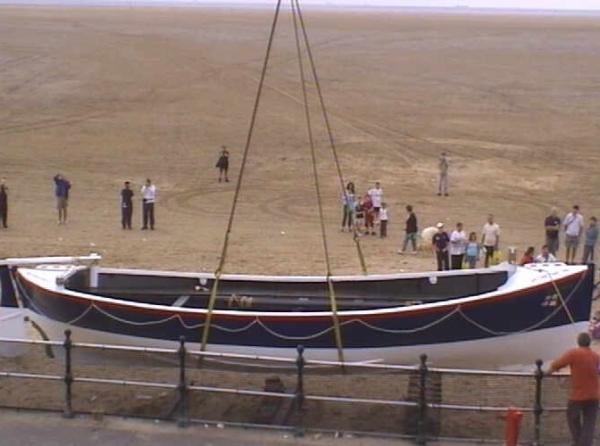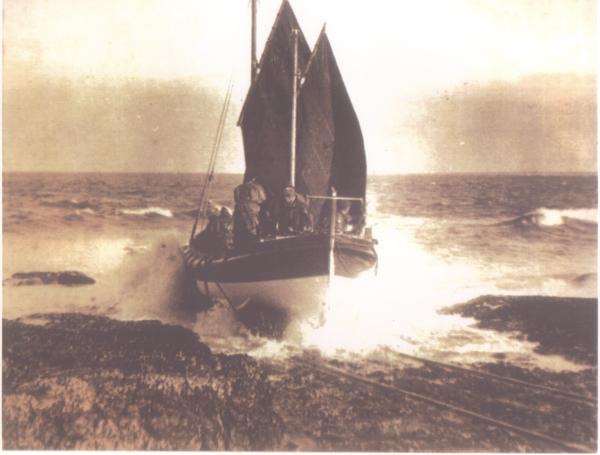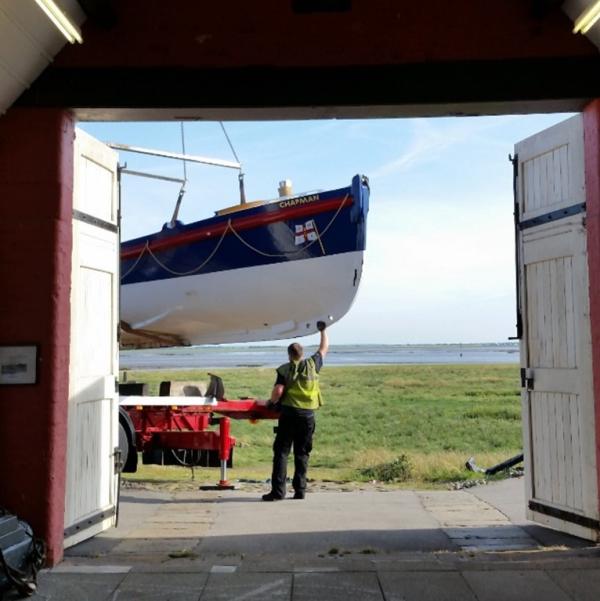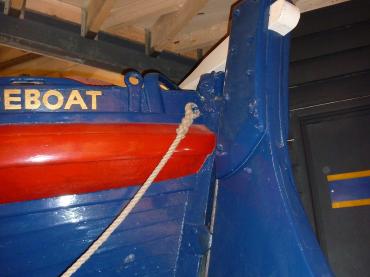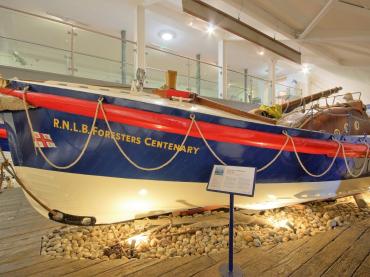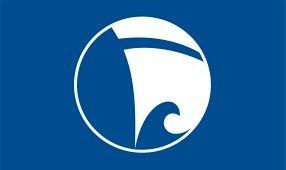
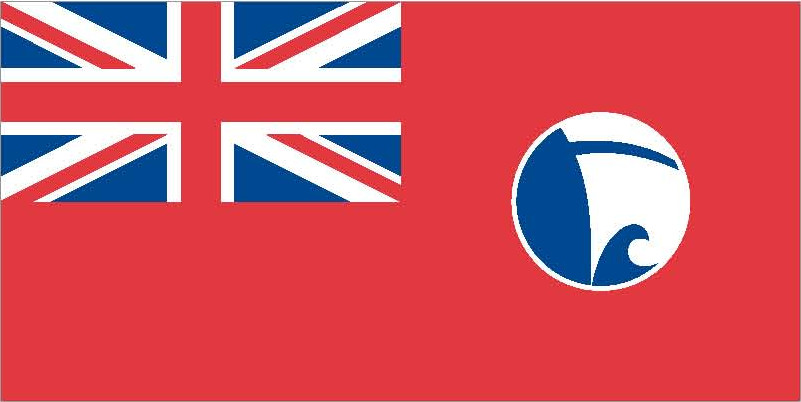
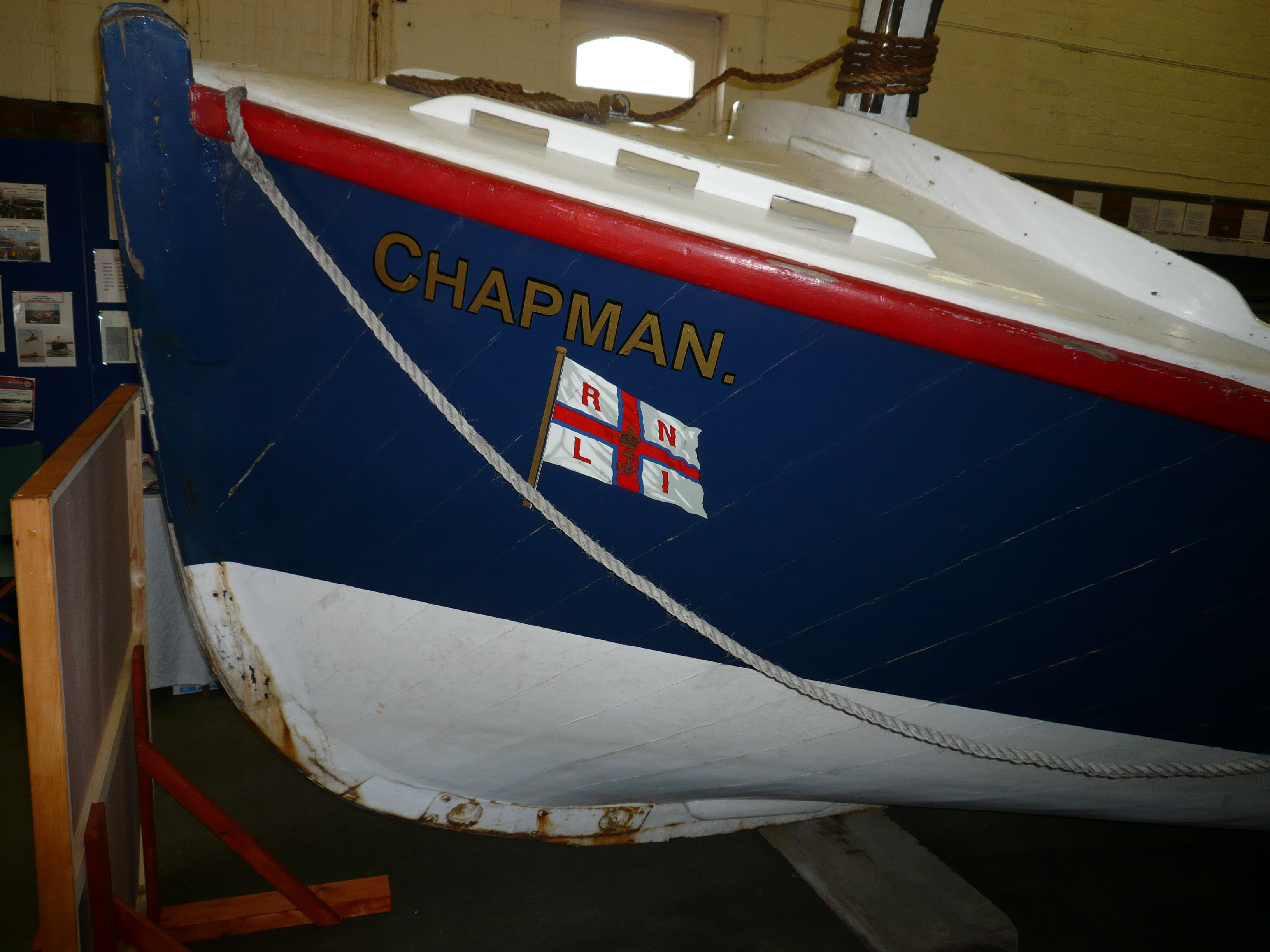
Previous names
- 1901 - 1939 Chapman
- 1920 - 1924 RNLI Relief fleet Reserve number 9B
- 1945 - 1965 Harbinger
- 1965 - 2003 Peggy
- 2003 Chapman
Details
Construction
Dimensions
History
CHAPMAN is a twelve-oared boat, non-self-righting Liverpool-class lifeboat. She is the oldest surviving Liverpool.
Of double-diagonal, carvel construction, she was built by Thames Ironworks at Blackwall and completed in 1901. She was stationed on Belfast Lough at the Groomsport lifeboat station in County Down, Northern Ireland from 1901until the station closed in 1920.
At Groomsport, CHAPMAN was launched on service on five occasions. In 1911 she saved 5 persons from the Cornish schooner “Mary”. However, her most significant service was to the Norwegian barque “Hjertness” of Sandjeford on 27th February 1903.
Shortly after 9.00am that morning, the Coastguard reported that a barque situated about a mile north-west of the Copeland Islands was signalling for immediate assistance. The Groomsport coxswain, Henry Waterson, assembled his crew and launched the lifeboat. The vessel in distress was the Grangemouth-built “Hjertness” of Sandjeford, bound from New Zealand for Glasgow laden with timber. One of her anchor cables had failed and there was a risk, in the strong west-north-west gale which was blowing, that the other might also be lost. The heavy sea prevented CHAPMAN going alongside, so she manoeuvred beneath the stern of the troubled barque. The twelve crew members and a pilot were all lowered by rope into the safety of the lifeboat. The ship’s dog – Amon – was also rescued. She then set sail for Groomsport in the heavy seas. She was fortunate to be met by a steam tug which towed the lifeboat much of the way back.
From 1920 to 1924 the lifeboat was assigned the RNLI Reserve Fleet number 9B. During that time she spent a short period in 1920 as relief lifeboat at Cromer under legendary coxswain Henry Blogg.
In 1924 she returned to station and was sent to Hilbre Island off the Wirral coast at the mouth of the River Dee estuary. Here she was crewed by the men of the nearby Hoylake lifeboat. The Hilbre Island lifeboat station had been built by the Liverpool Dock Board Trustees in 1848. It provided deep water access to the Dee estuary at all sates of the tide when carriage-launching by horses at Hoylake might not be practical. However, the arrival of a motorised Case tractor at Hoylake in 1921 and subsequently the first motorised Liverpool-class lifeboat “Oldham” in 1931 meant that the dependence upon the Hilbre station diminished significantly.
Her last significant rescue of boat and crew took place on 23rd July 1937 when she went to the aid of the yacht “Seabird”.
At the outbreak of war, the RNLI closed the Hilbre Island lifeboat station and it is believed CHAPMAN was used as a gig boat across the Dee at the Point of Air colliery in North Wales.
She next appears in Morecambe as a pleasure boat with engine installed, taking out day-trippers and renamed “HARBINGER by her new owner Billy Hogarth.
In 1956 two brothers from Lancaster, Harold and Thomas Gardner purchased the boat and renamed her PEGGY. She was converted to operate as a pilot boat on River Lune estuary by James Nicholson Ltd of Glasson Dock. For the next 36 years, with a wheelhouse added, PEGGY was moored at Sunderland Point and used extensively for both piloting and fishing. In 1969 she was fitted with a new 40hp air-cooled Lister engine.
In 1992, Harold Gardner decided to retire and the boat was sold to the mechanic of the Hoylake lifeboat who intended converting her back to her lifeboat appearance and use her as a pleasure craft. Unfortunately, the project fell through and, following a period as a children’s amusement at a local caravan park, a new owner moved the boat to the Douglas Boatyard at Hesketh Bank, close to the Ribble. There she was simply neglected and was derelict when her present owner, John Parr, rediscovered her in 1998 and decided to restore her.
John financed a young person’s training scheme at the Laird Foundation training centre in Birkenhead and under the guidance of shipwright Graham Steedman the lifeboat was saved and returned closely to her 1924 appearance when she first came to the Wirral.
In 2003 my late father Bill Parr officially renamed the restored lifeboat “Chapman” on Hoylake promenade, in front of a crowd of 20,000 people attending the annual Hoylake Lifeboat Day.
From 2003 until 2006 she joined the exhibits at the Historic Warships Exhibition in Wallasey on the River Mersey. When that museum, a period of storage followed before an opportunity came to establish a Lifeboat Museum in Hoylake. The RNLI had vacated their Victorian station and moved to a fine new facility and a group of volunteers converted the building into a museum with CHAPMAN as the prime exhibit. Sadly, the Hoylake museum was forced to close following unexpected difficulties with the landlords. Nevertheless, the years spent back in Hoylake were good ones for the lifeboat as the opportunity was taken to smarten her appearance and reintroduce some of her original features.
The opportunity to find a new home for her came in the form of the Lytham Lifeboat Museum which had been closed for a few years. With the invaluable support of Steve Williams and the Lytham Heritage Trust, the famous old grade-two Lytham lifeboat station was reopened as a museum in 2015 with CHAPMAN proudly on display. She remains there to this day and has proved exceptionally popular with local people and visitors.
In many ways, Lytham is a fitting home for the CHAPMAN lifeboat. She spent 36 years on the Lancashire coast where some still remember her as the pilot boat. I was pleased that, before passing at the age of 94, Harold Gardner was able to visit his old boat and take pleasure from her revival.
In September 2023, the lifeboat’s owner John Parr published a book featuring the lifeboat. “The Story of RNLB Chapman and her Place in Lifeboat History” details the context of her design from the earliest lifeboats through tales of heroism and tragedy and the establishment of the RNLI. The book features lifeboat design and development, tells the story of Thames Ironworks who built so many lifeboats, describes the history of both the Groomsport and Hilbre Island lifeboat stations and details the boat’s decline, rescue and restoration. It contains more than 200 photographs and illustrations and can be obtained by emailing John Parr at hilbre1948@aol.com.
Key dates
-
1901
Completed at Thames Ironworks and sent to Groomsport, Co. Down
-
1903
Service to the barque “Hjertness” saving the crew of eleven
-
1911
Service to the schooner “Mary” saving five.
-
1920
Groomsport closes; CHAPMAN spends a short period at Cromer as relief lifeboat.
-
1924
Chapman” is sent to Hilbre Island, Cheshire
-
1937
CHAPMAN saves the yacht “Seabird” and her crew of two.
-
1945
Renamed “HARBINGER and with engine installed, operates as day- tripper at Morecambe.
-
1956
Purchased by brothers Harold and Thomas Gardner and is renamed PEGGY. Converted for use as a pilot boat at Glasson Dock with wheelhouse added.
-
1956 -1992
Pilot boat at Sunderland Point on the estuary of the River Lune.
-
1998
Discovered in derelict condition by John Parr
-
2002-2003
3 First restoration at Laird Foundation, Birkenhead. Re-named CHAPMAN
-
2003-2006
Historic Warships Exhibition, Wallasey
-
2011 - 2015
Hoylake Lifeboat Museum and further restoration
-
2015
On permanent display at Lytham Lifeboat Museum
Own this vessel?
If you are the owner of this vessel and would like to provide more details or updated information, please contact info@nationalhistoricships.org.uk

